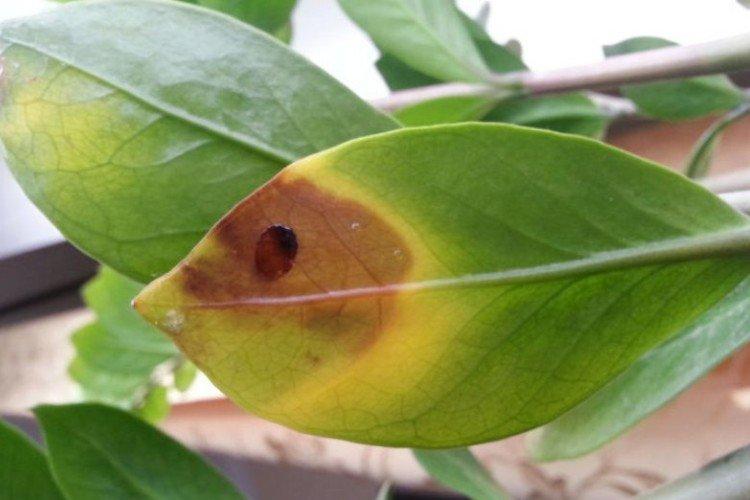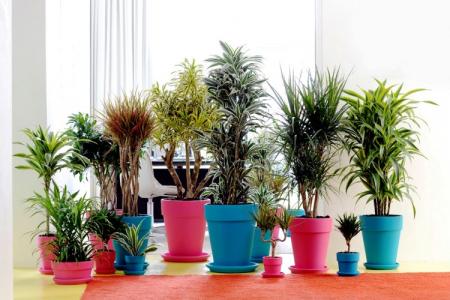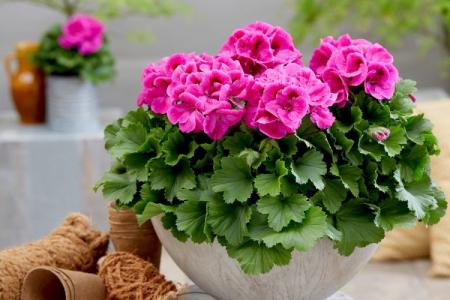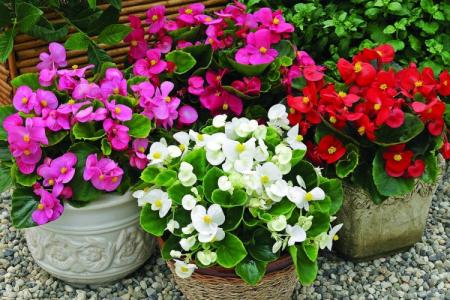
Zamioculcas or "dollar tree" with leaves that look like coins, according to feng shui, attracts prosperity to the house. However, only a beautiful and healthy plant has such wonderful properties. Taking care of this tropical guest is not difficult at all, however, there are several important secrets. Let's tell you more!
Conditions of keeping zamiokulkas
Choose a well-lit place for zamiokulkas, away from drafts and heating appliances. But remember that the stems of this plant are so long that they do not fit well in a window opening. Plant a flower in a tall, beautiful pot and place it on the floor. It will perfectly decorate a living room or a corridor.
People say that if the leaves of the "dollar tree" fall off, then serious waste is coming in the family, for this reason it is raised to a hill if there are children or pets in the house. But even if you absolutely do not believe in all sorts of popular beliefs, then still try to put the zamiokulkas in a place where no one will damage its delicious branches.
Zamioculcas is a very thermophilic plant, it tolerates heat more easily than cold. Create the most comfortable conditions for him - the room temperature should not go beyond the range of +18 - +26 degrees Celsius. With prolonged cold in a room with a temperature below +15 degrees, the plant will stop growing and ultimately die.
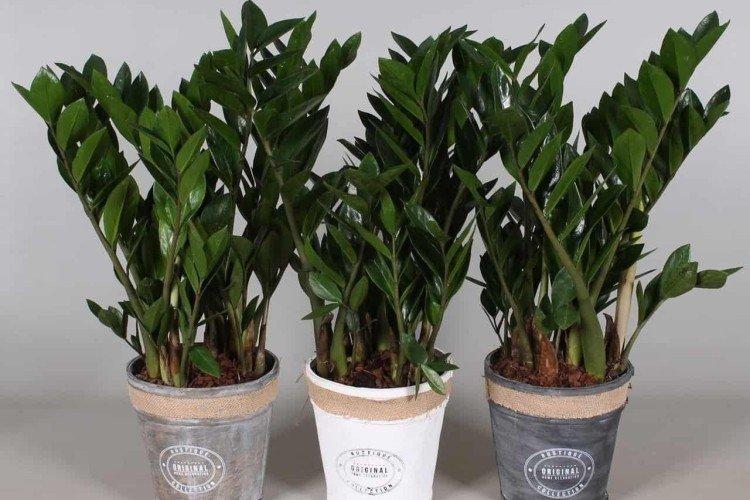
Lighting
"Dollar tree" loves sunlight, even direct rays are safe for him. So, the south side of the house, as well as the east and west windows, are great for growing this plant. If at the same time you water the flower abundantly and regularly, then it will delight you with its rapid growth and flowering.
At home, zamioculcas blooms once every five years. The flowers cannot be called too beautiful, but the very fact of their appearance on the home "dollar tree" is already admirable, since it testifies to the proper care by the owner.
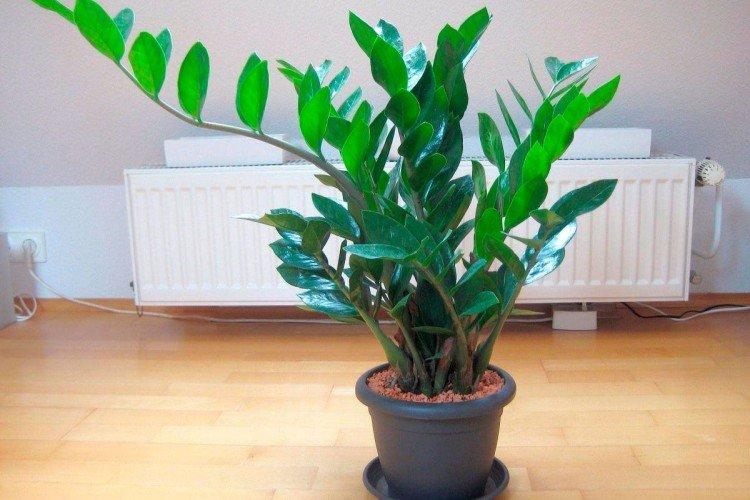
How to water zamioculcas
For normal growth, zamioculcas needs an abundance of sunlight and a sufficient amount of moisture. In the warm season, as soon as the earthen lump dries out a little, water the plant with warm, settled water. The "dollar tree" tolerates periods of drought well, as it accumulates liquid and nutrients in the fleshy leaves and stems. However, in this case, the flower quickly depletes, loses its bright colors and begins to shed foliage. In the summer, water the bush once every few days, but in the winter, the frequency of watering should be reduced to a minimum.
Zamioculcas during periods of summer heat must be regularly sprayed from a spray bottle. Pour soft water into the tank and irrigate the air around the bush. Try to keep water droplets from falling on the leaf plates and stems, otherwise you will have to wash them from the ugly whitish coating. In the second half of autumn and winter, the "dollar tree" does not need spraying.
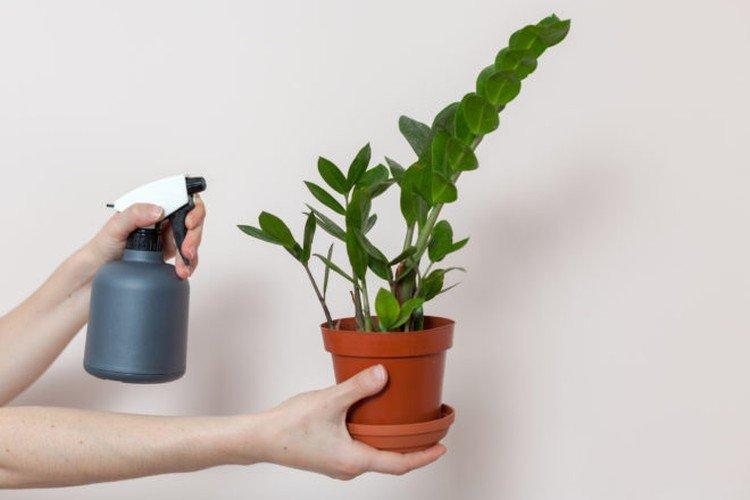
Fertilizers and feeding of zamiokulkas
Take a close look at the zamiokulkas, if you notice the beginning yellowing of the leaves, the formation of dark spots on them, or if the stems have lightened and become thinner, this indicates that the plant needs feeding.
The flower during the growing season should be watered with a fertilizer solution once every 12-14 days, starting from mid-March and ending on September 15-18. The rest of the time, the "dollar tree" should be dormant. He does not need top dressing in autumn and winter. Fertilize zamioculcas preferably with nutrients that are intended for cacti and succulents. As a last resort, use universal liquid solutions.
Foliar dressing is carried out by dissolving a half dose of fertilizer in water and irrigating the ground part of the plant with the resulting liquid. However, this can only be done during a period of active growth, when the flower is absolutely healthy and is not going to bloom.
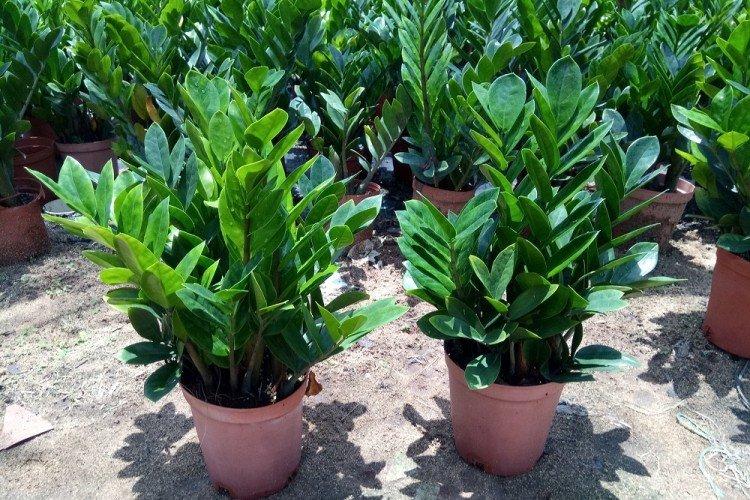
How to transplant zamioculcas at home
For zamiokulkas, it is advisable to pick up a heavy clay pot. This plant has a very powerful root system; from its pressure, the plastic container can crack. Choose a pot that is spacious enough, but not much larger than the rhizomes of the flower along with an earthen lump.
For the "dollar tree", a substrate designed for growing cacti and succulents is ideal. It is lightweight, does not clump and has excellent water and air permeability. Lay a three-centimeter layer of expanded clay or pebbles on the bottom of the pot, with the same material you can cover the soil in the pot on top, so it will look much more beautiful.
Carefully remove the plant from the old flowerpot, place it in a new one, fill the resulting voids with a substrate. Keep in mind that some of the tubers should rise above the soil surface. There is no need to deepen them by force. Do the first watering only a week after transplanting.

Reproduction of zamiokulkas
You can grow a new zamioculcas from any leaf or half of it. Just stick the leaf into damp ground, cover with a glass jar and place in a warm, well-lit place.
Raise the jar for a few seconds every day to ventilate the mini-greenhouse, and do not forget to touch the soil, as it dries up, you need to water it. Immediately, we note that the rooting of the cuttings will take a long time - up to six months. But it's worth it, because this way you can get a new plant, no different from the mother bush.
You can propagate the "dollar tree" with the help of its root tubers. Cut the thickened part of the root in half so that growth points are preserved intact on each half, and deepen them a little into wet soil. Water and wait ... The sprouts will surely appear, though not soon.

Plant pests and diseases
Zamioculcas is a plant that is quite resistant to various kinds of insects, fungi and bacteria. Only in the case of an almost complete lack of care or a long stay in unfavorable conditions will the "dollar tree" lose its immunity and fall ill. The sooner you notice something was wrong and correct the situation, the more effective the flower treatment will be.
The yellowing of young leaves signals that you are flooding the bush too much, its roots have begun to rot. Rather, transplant zamioculcas with fresh soil, removing damaged tubers and roots. Leaves begin to fall off during periods of a very prolonged drought. It is not necessary to immediately pour a lot of water into the flowerpot, start watering gradually, in small portions, to enable the plant to gradually replenish the moisture reserves in the stems and leaves.
Insects affect zamioculcas even less often than diseases, since too dense skin covers its foliage and stems. But if aphids, scale insects or spider mites are found, then just wash off the pests with a sponge dipped in soapy water and treat the bush with insecticides.
